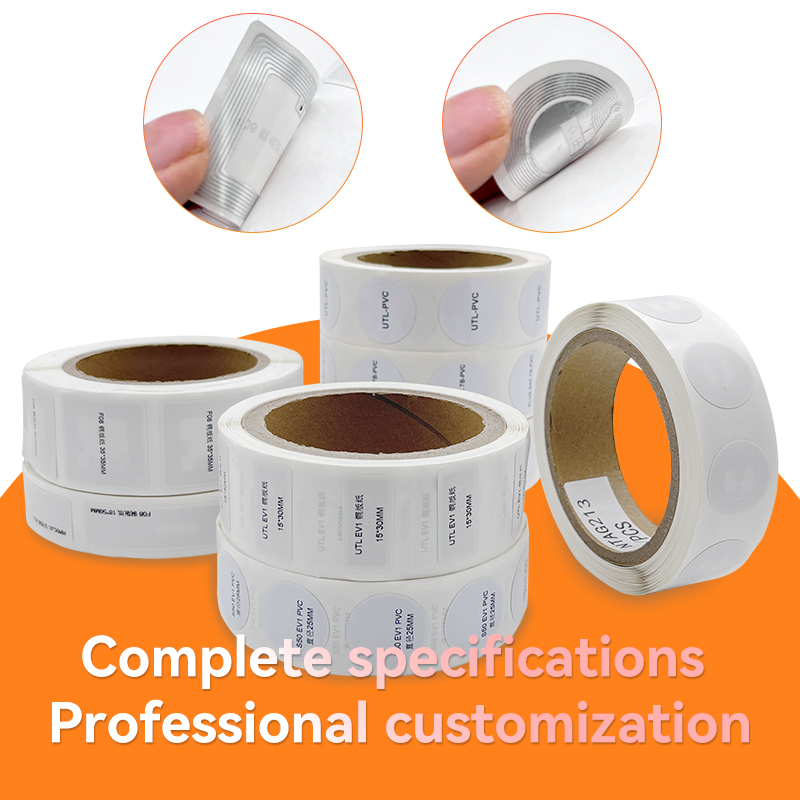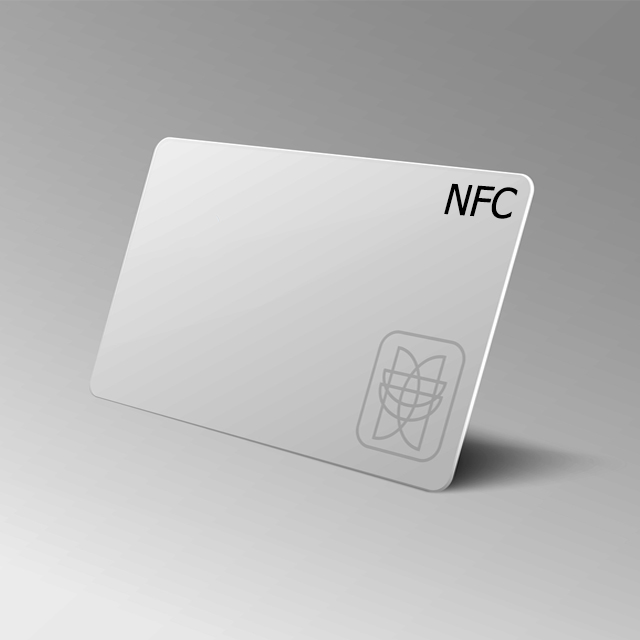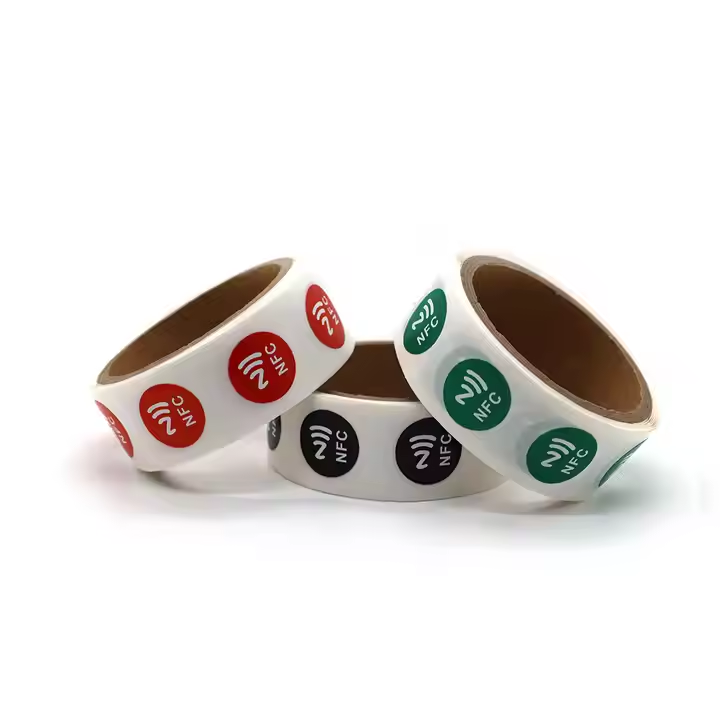
Three Minutes to Take You to Understand RFID Inlays!
From WWII radar to modern life, RFID inlays power retail, healthcare & more. Tiny chips, huge impact—discover their magic!
Contact IC chip cards and RFID cards are no strangers to us in daily life. Whether it is swiping a bus, punching a card at a door, or a supermarket membership card or a corporate access card, they all play the role of “smart keys”. But do you know what the differences are? Let’s easily understand the main differences between contact IC cards and contactless RFID smart cards through this blog.
IC card, the full name of which is integrated circuit card, is a kind of smart card that is widely used after magnetic stripe cards. Many of our common bus cards and access cards are actually IC cards. IC cards store and process data through embedded integrated circuits, and their information security is much higher than that of magnetic stripe cards.
According to the data transmission method, IC cards are divided into two categories:
Contact IC Cards: Need to be inserted into the card reader and contact the device before data exchange. The international standard ISO 7816 specifies its mechanical and electrical characteristics.
Contactless IC cards, also known as radio frequency cards, are the RFID smart cards that we will focus on next.
RFID smart cards refer to smart cards based on radio frequency identification technology (Radio Frequency Identification). It communicates with the reader and writer through radio waves, and can complete identification and data exchange without inserting the card or contacting it.
Common RFID frequency bands include:
Low frequency (LF): 125kHz~134.2kHz
High frequency (HF): 13.56MHz
Ultra-high frequency (UHF)
Contactless RFID smart cards are widely used in transportation, library management, e-wallets, access control systems, food traceability, smart campuses and other fields. It is not only convenient to use, but also has a long life and strong anti-interference ability, which is very suitable for occasions where cards are frequently swiped.
IC card resonates under the excitation of the reader through the LC resonant circuit, thereby obtaining energy and driving the chip to complete the reading and writing of data.
RFID card After entering the electromagnetic field, it obtains energy through the induced current (passive tag), or actively transmits signals with its own battery (active tag), and then sends the stored information to the card reader.

| Classification | Contact IC card | Contactless RFID smart card |
|---|---|---|
| Communication method | Physical contact required | Contactless, can be read by approaching |
| Convenience | Slightly cumbersome to operate | Fast, suitable for high-frequency use |
| Applicable scenarios | Bank card, ID card | Bus card, access card, campus card |
| Technical standards | ISO 7816 | ISO 14443 / ISO 15693 / ISO 18000 |
| Lifespan | Limited number of plug-in and unplug times | No mechanical wear, longer lifespan |
| Data exchange speed | Relatively slow | Faster, efficient |
In order to adapt to different application scenarios, RFID smart card supports a variety of materials and customization options:
Material selection: PVC / PET / PETG / PC / PLA, etc., wear-resistant and durable
Standard size: 85.5*54mm (credit card size), can also be customized on demand
Thickness specifications: Common ones are 0.76mm, 0.84mm, 0.9mm, etc.
Personalized process customization:
Magnetic stripe (Loco 300oe / Hico 2750oe)
Barcode / QR code / UV dot printing / laser engraving numbers
Hot stamping, signature strip, anti-counterfeiting hologram
Punching, packaging bag customization, etc.
These special customizations not only enhance brand recognition, but are also widely used in various applications such as schools, enterprises, transportation, and membership management.
If you pay more attention to security, such as bank cards, electronic certificates, etc., then contact IC cards are still the first choice; but if you pursue convenience and high-frequency use, such as public transportation, access control, membership management, etc., contactless RFID smart cards are obviously more advantageous.
If you are looking for professional RFID smart cards, you may wish to consult us to learn about the characteristics of different card types. As a top 5 manufacturer in China, we produce contact smart cards, contactless RFID smart cards, and two compatible dual-chip cards to help you find the solution that best suits your scenario.
If you find this article helpful, please bookmark or forward it, or leave a message to tell us which card you use most often!
Newest trends and common knowledge in RFID laundry tags.

From WWII radar to modern life, RFID inlays power retail, healthcare & more. Tiny chips, huge impact—discover their magic!

NTAG213, NTAG215, and NTAG216 cards are NFC cards with varying memory sizes and scan endurance, ideal for different applications in contactless technology.

Discover how NFC stickers transform supply chains by enhancing tracking and recycling for pallets, boosting efficiency and sustainability. Contact us for details!

As one of the top RFID Tag manufacturers in China, we specialize in high-quality RFID Tag and other RFID products designed to meet the diverse needs of various industries.
@ 2024 RFID Laundry Tag. All right reserved.
Didn’t find what you want? Ask our manager for help!